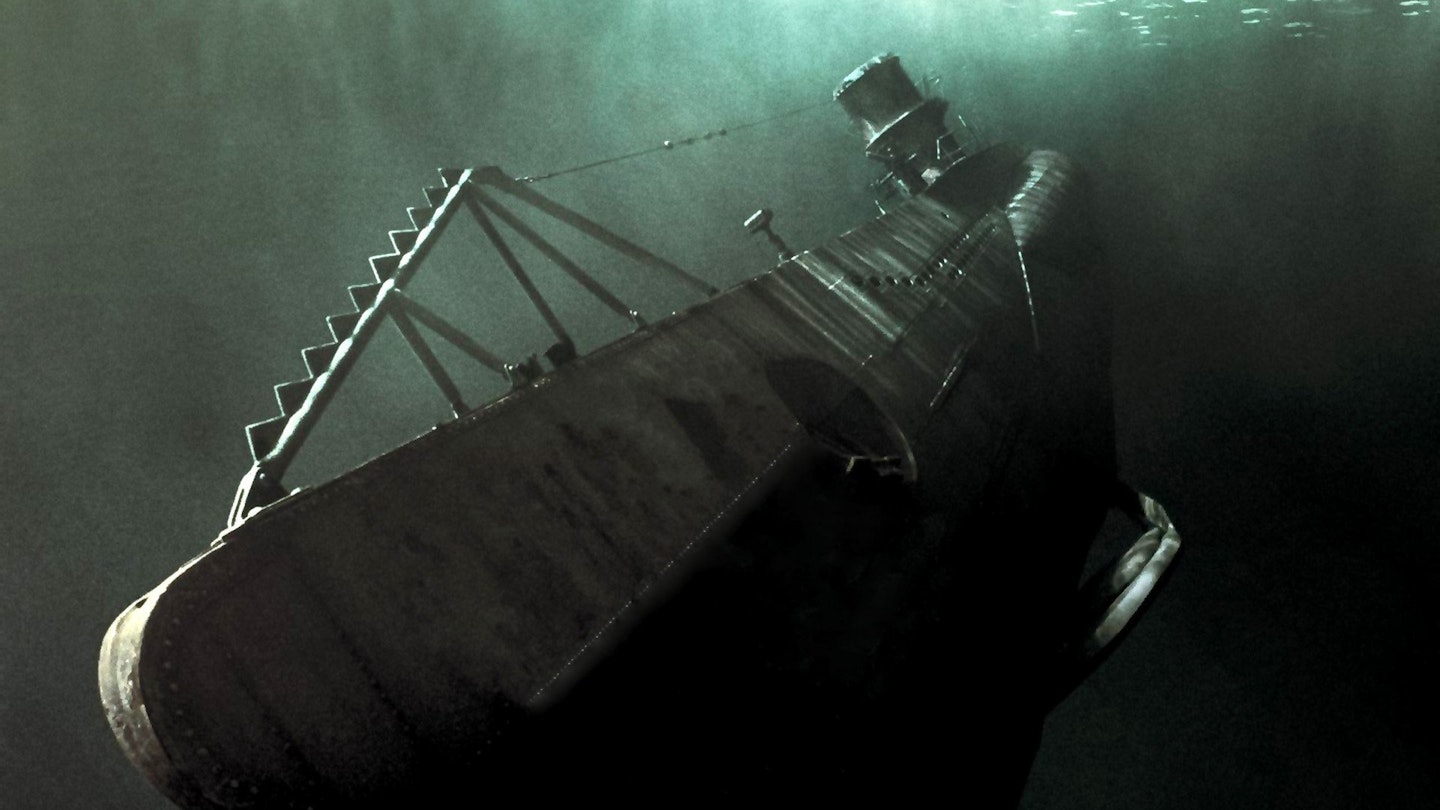In his Steven Spielberg biography, John Baxter asserts that the director's great skill is to "scavenge Hollywood's scrapyard, salvaging genres and recycling them." Faint praise, but that's exactly what Spielberg did with Saving Private Ryan two years ago, dusting off the World War II mission movie for a new generation. Thus, Jonathan Mostow's $62 million punt owes its big fanfare to Spielberg.
If Ryan was Spielberg's '90s upgrade of a moribund genre, U-571 is so old-fashioned it might have been made by J. Lee Thompson 40 years ago. But Ryan and U-571 have one thing in common: the appropriation of real events for fictionalised ends. And in both cases America effectively wins the war without any help from Britain. Spielberg distilled Operation Overlord down to the experience of the US First Army on Omaha Beach; U-571 brazenly amalgamates two key British Navy swoops on Enigma parts and documents in 1941 and 1942 and magically turns them into an American operation.
As it is, the Enigma (which one dim crew member disparages as "a typewriter") is U-571's MacGuffin; a prop for some straight-down-the-line military heroics at sea. After all, a mission movie needs a mission. It also needs a flawed hero - here, it's Matthew McConaughey's grimacing Lieutenant Tyler, who learns at the outset of the film that he's been turned down for the command of his own submarine because he's not ready yet. It's odds-on that sometime in the next two hours, he will prove himself an able seaman. Against all odds, McConaughey also comes through, and by the end of his journey, bad memories of Amistad and A Time To Kill are gone.
Because U-571 makes no attempt to overturn expectations, anyone who's ever seen a submarine movie will be able to second-guess the plot. But the incredibly assured Mostow - whose only other feature was the nail-biting Breakdown - has at least two aces up his sleeve: the pulse-quickening sequence where the US crew must take control of the U-boat but find that all the instructions are in German, and a depth-charge attack which cranks up the tension through the sheer use of sound alone. Talk about being right there with them.
Comparisons to Das Boot will be made - indeed, German production designer Gotz Weidner worked on both films - but U-571 is more about derring-do than claustrophobia.
Such old-fangled, iron-jawed pre-postmodernism should not put anyone off, though. By adding nothing new to an old genre but Dolby sound and a web site, Mostow has fashioned something with an admirable level of purity about it. You can almost see the edge of the water tanks in which the above-waves sequences are shot, but this merely adds to the sense of matinee excitement.
